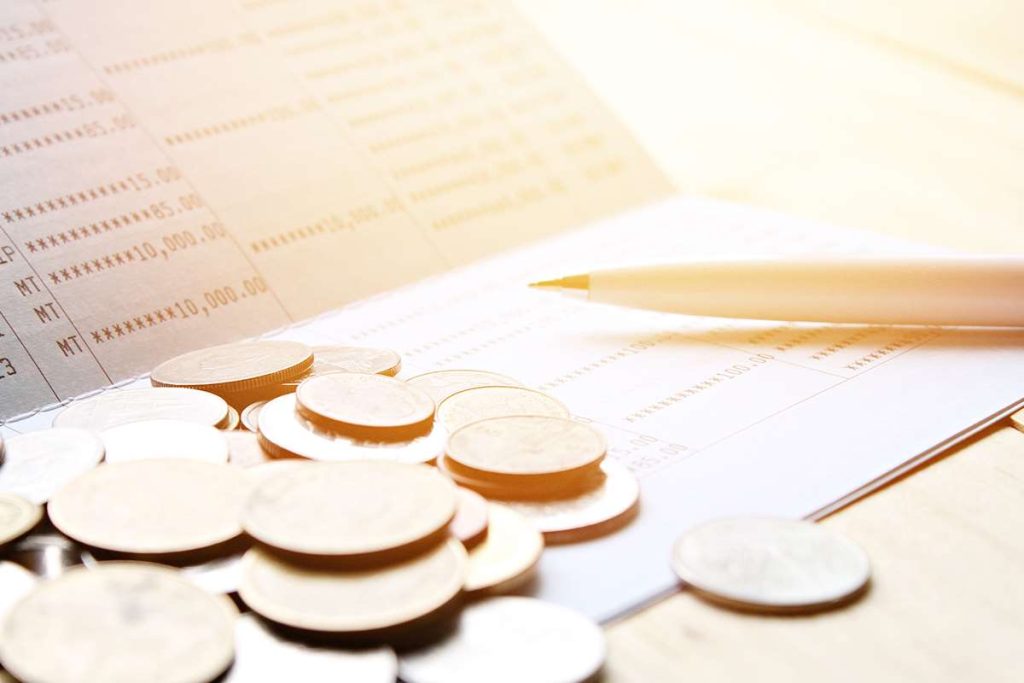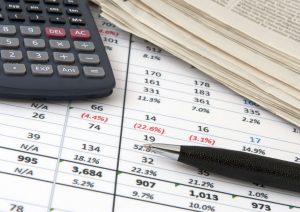
Overall, the companies have to calculate the efficiency of the machine to maintain relevance in the market. The depreciation journal entry accounts are the same every time — a debit to depreciation expense and a credit to accumulated depreciation. Map out the asset’s monthly or annual depreciation by creating a depreciation schedule. You must remain consistent with like assets; if you have two fridges, they can’t be on different depreciation methods. Say you own a chocolate business that bought an industrial refrigerator to store all of your sweet treats. You paid $10,000 https://www.facebook.com/BooksTimeInc/ for the fridge, $1,000 in sales tax, and $500 for installation.
- When used in the context of a car lease, residual value is calculated using a number of different factors such as market value, seasonality, product lifecycle, and consumer preferences over time.
- The straight-line method is a commonly used approach for calculating depreciation by evenly spreading the decrease in an asset’s value over its useful life until it reaches its salvage value.
- Therefore, the DDB method would record depreciation expenses at (20% × 2) or 40% of the remaining depreciable amount per year.
- This calculation helps in evaluating the net benefit of disposing of an asset versus keeping it in operation.
- Salvage value is the estimated value of an asset at the end of its useful life.
Order Management: A Complete Guide
- Say that a refrigerator’s useful life is seven years, and seven-year-old industrial refrigerators go for $1,000 on average.
- This method requires an estimate for the total units an asset will produce over its useful life.
- When calculating depreciation, an asset’s salvage value is subtracted from its initial cost to determine total depreciation over the asset’s useful life.
- Calculating the after-tax salvage value is crucial for businesses to accurately assess the financial impact of selling their assets.
- Understanding and calculating the after-tax salvage value of an asset is essential for accurate financial reporting and strategic decision-making.
- The majority of companies assume the residual value of an asset at the end of its useful life is zero, which maximizes the depreciation expense (and tax benefits).
Residual value and resale value are two terms that are often used when discussing car-purchasing and leasing terms. Using the example of leasing a car, the residual value would be a car’s estimated worth at the end of its lease term. Residual value is used to determine the monthly payment amount for a lease how to calculate after tax salvage value and the price the person holding the lease would have to pay to purchase the car at the end of the lease. The residual value, also known as salvage value, is the estimated value of a fixed asset at the end of its lease term or useful life. In lease situations, the lessor uses the residual value as one of its primary methods for determining how much the lessee pays in periodic lease payments.
Salvage Value vs. Other Values

The difference between the asset purchase price and the salvage (residual) value is the total depreciable amount. The Salvage Value is the residual value of a fixed asset at the end of its useful life assumption, after accounting for total depreciation. Now that we understand the basics of the concept, let us also understand the practicality of the concept of terminal cash flow calculation through the example below. Depreciation reduces an asset’s book value, which can affect the gain or loss on the sale of the asset, ultimately impacting the after-tax salvage value. The insurance company decided that it would be most cost-beneficial to pay just under what would be the salvage value of the car instead of fixing it outright. We have been given the asset’s original price in this example, i.e., $1 million.
- Additionally, consider the example of a business owner whose desk has a useful life of seven years.
- In this article, we’ll walk you through the process of calculating the after tax salvage value.
- Once repeated for all five years, the “Total Depreciation” line item sums up the depreciation amount for the current year and all previous periods to date.
- This value is determined by various factors such as the condition of the asset, market demand, and technological advancements.
- Be careful not to consider a similar asset’s asking price since, in most used-asset markets, things will sell below their asking price.
How is Salvage Value Calculated?

In this article, we’ll walk you through the process of calculating the after tax salvage value. The real cash outflow occurred earlier on https://www.bookstime.com/ the original date of the capital expenditure (Capex). The scrap value of an asset can be negative if the cost of disposing of the asset results in a net cash outflow that is a contributing factor in the scrap value. Returning to the “PP&E, net” line item, the formula is the prior year’s PP&E balance, less Capex, and less depreciation. Once repeated for all five years, the “Total Depreciation” line item sums up the depreciation amount for the current year and all previous periods to date. NPV is often preferred for capital budgeting because it gives a direct measure of added value, while ROI is useful for comparing the efficiency of multiple investments.

Market Demand
Residual value is one of the most important aspects of calculating the terms of a lease. It refers to the future value of a good (typically the future date is when the lease ends). When used in the context of a car lease, residual value is calculated using a number of different factors such as market value, seasonality, product lifecycle, and consumer preferences over time. In accounting, residual value refers to the remaining value of an asset after it has been fully depreciated. An asset’s salvage value subtracted from its basis (initial) cost determines the amount to be depreciated.
What happens when there is a change in a depreciable asset’s salvage value?

The balance sheet shows the net book value of an asset, which is the original cost minus accumulated depreciation, helping stakeholders understand the asset’s current worth. By considering the after-tax salvage value, businesses can make strategic decisions about whether to sell an asset or continue using it. This calculation helps in evaluating the net benefit of disposing of an asset versus keeping it in operation. Furthermore, salvage value also aids in strategic decision-making related to the potential sale of depreciated assets for parts.



